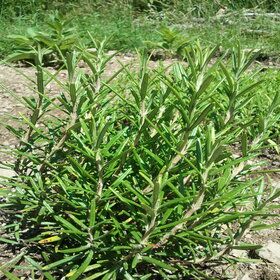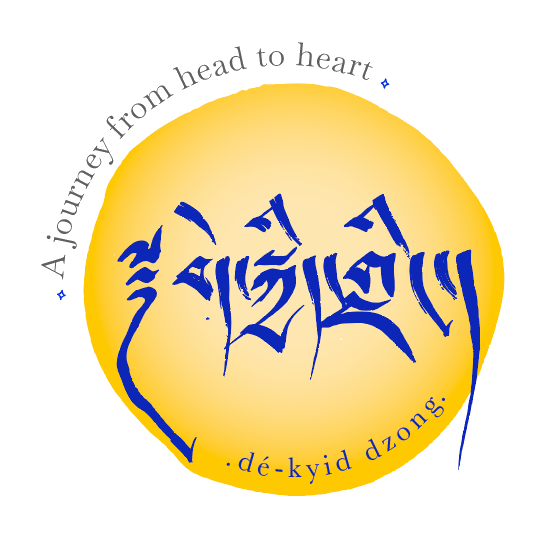ROSEMARY
I- Nomenclature
Latin name: Rosmarinus officinalis
Family : Lamaciaea
Common names: Rosemary, Salvia rosmarinus
Etymology
comes from the Latin "ros maris", "the marine dew"
II- Legends and traditions
According to legend, rosemary was originally a plant with white flowers. Before giving birth to the baby Jesus, Mary, would have placed her blue cape on a rosemary planted in front of the stable. The cape would have rubbed off on the shrub and that's how rosemary blooms blue ever since.
III- Botanical description
Description: Bushy, aromatic, evergreen shrub which can reach 1.50 m in height. Port erected in many tight branches, very leafy.
The leaves are opposite, sessile, stiff, narrow, entire with a rolled edge, dark green above and paler below.
The flowers, pale blue, are arranged in clusters forming small bouquets along the twigs. The seeds are round and brown.
Habitat: Native to Mediterranean regions, rosemary grows spontaneously in southern Europe, it likes arid and dry places on the coast, scrubland and scrubland.
Flowering: from December or January in the South.
Harvest: the harvests are carried out in several times from spring and summer to be dried away from light in bouquets suspended in ventilated and dry places.
Pars used : leaves and flowering tops
IV- Active ingredients
|
Leaves |
|
V- Therapeutic uses
Properties
|
Plant internally |
Essential oil internally |
Plant externally |
Essential oil externally |
|
• Antispasmodic • cholagogue • choleretic • stimulating the nervous system |
• Healing • tonic
|
|
|
Indications
Internal use: chronic cholecystitis, hepatitis, influenza, bronchitis, migraines, overwork.
External use: sprains, strains, swelling, edemas, tumors, contusions, strokes, rheumatoid arthritis.
Dosage
Total dry micronized powder in capsules: 1 to 1.5 g to be taken with a glass of water in three doses: morning, noon and evening before meals.
Dry extract (nebulisate) in capsules: 200 to 300 mg to be taken with a glass of water in three doses: morning, noon and evening before meals. Decoction-infusion: drink a cup morning, noon and evening before meals. Infusion: from 5 to 60g / liter depending on the effect to be obtained. Drink a cup morning, noon and evening before meals.
Tincture: one part of fresh rosemary for 5 parts of alcohol, take 15 to 25 drops.
Wine: have a glass at Madeira for lunch and dinner, before meals.
Aqueous extract: take an ampoule in a little water morning, noon and evening before meals.
Juice: take a tablespoon in a glass of water morning, noon and evening before meals.
Rosemary oil: relieves joint pain from rheumatism by massage.
VI- Precaution of use
Contraindication
Pregnant women, young child, in people with hypersensitivity to rosemary to verbenone.
Caution
In high doses, rosemary can be extremely toxic: intestinal bleeding, epilepsy, weakening the liver and kidneys.


